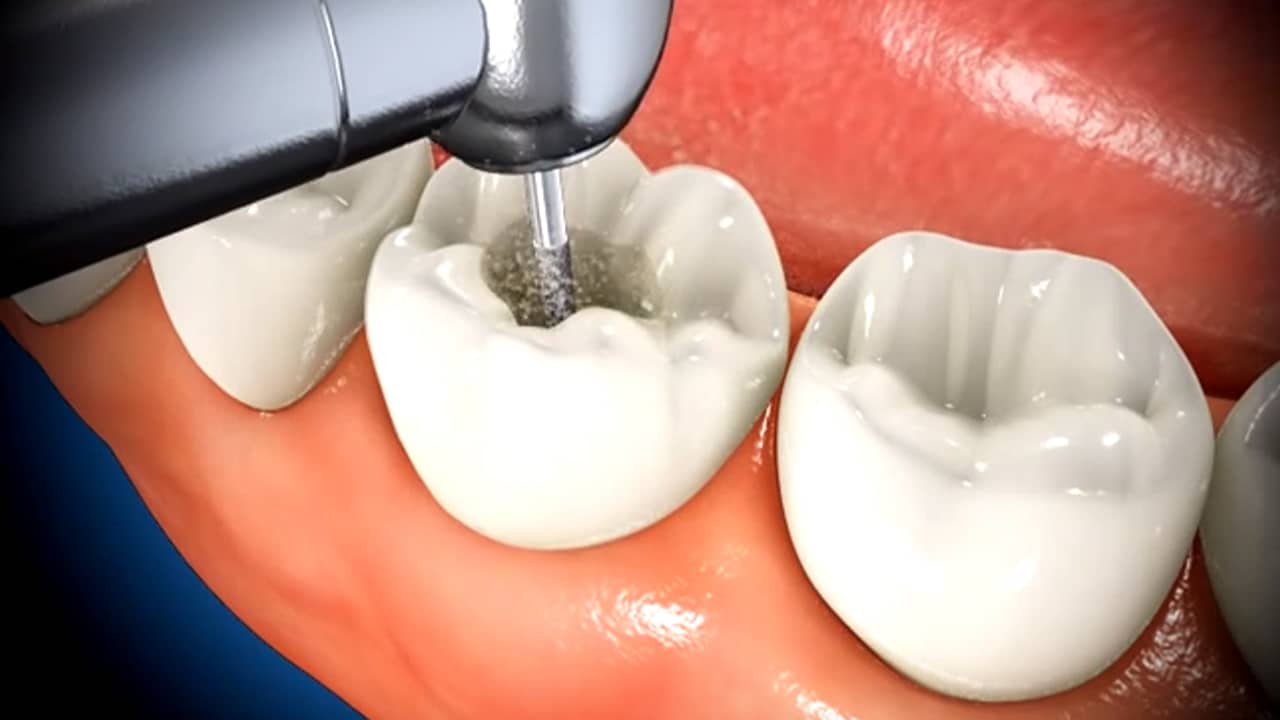Call: (630) 812-7929
Root Canal Therapy: What You Need to Know About This Common Dental Procedure


Are you experiencing severe toothache or sensitivity? Has your dentist recommended root canal therapy? Don’t worry; you’re not alone. Root canals are one of the most common dental procedures worldwide, and they have helped millions of people save their infected teeth. However, some misconceptions surround this procedure, leading to fear and anxiety among patients. This blog post aims to provide accurate information about root canal therapy, including its benefits, types, and how it’s performed. By the end of this article, you’ll be well-informed and ready for your next appointment with confidence!
What is a Root canal?
A root canal is a dental procedure that involves removing infected or damaged tissue inside the tooth’s pulp and replacing it with a filling. The pulp is soft tissue containing nerves and blood vessels located in the center of each tooth, extending from the crown to its roots.
When bacteria invade this area through deep cavities or cracks, they cause inflammation and infection, leading to an abscessed tooth. Root canal therapy aims to remove the diseased pulp, disinfecting and shaping the canals before sealing them with filling material.
Root canals are typically performed under local anesthesia and may require one or more visits depending on your case’s complexity. Contrary to popular belief, root canals are not painful; instead, they relieve pain caused by infections and save teeth from extraction.
If left untreated, infected teeth can lead to serious complications such as bone loss or spreading of infection throughout your body. Therefore, if you’re experiencing symptoms such as severe pain while chewing or biting down sensitivity to hot or cold temperatures- see your dentist immediately for prompt evaluation!
What are the benefits of root canal therapy?
Root canal therapy is a dental procedure that involves treating and saving the natural tooth by removing the infected or inflamed pulp from inside the tooth. While many people dread hearing they need a root canal, this common dental procedure actually comes with several benefits.
Firstly, root canals help to alleviate pain caused by an infected or inflamed pulp. Once the damaged tissue is removed, patients can expect to feel relief immediately.
Secondly, root canals prevent the further spread of infection in the affected tooth and surrounding teeth. This helps to protect overall oral health as untreated infections could lead to more serious dental issues down the line such as abscesses or gum disease.
Thirdly, root canal treatment restores proper chewing ability and enables normal biting force and sensation which was not possible before due to pain caused by inflammation or infection.
Opting for a root canal over-extraction means keeping your natural tooth intact which maintains your bite’s alignment while also avoiding additional expenses for restorative treatments associated with missing teeth like implants or bridges.
Choosing Root Canal Therapy offers numerous benefits both short-term and long-term in regard to maintaining good oral health whilst retaining your natural teeth functionality.
The different types of root canals
When it comes to root canals, there are actually different types of procedures that dentists can perform. The most common type is a standard root canal, which involves removing the infected pulp from the tooth and then filling it with a special material to prevent further infection.
Another type of root canal is called an apicoectomy. This procedure is typically done when a traditional root canal has failed or if there is still infected tissue remaining after the initial treatment. During an apicoectomy, the tip of the tooth’s root is removed along with any remaining infected tissue.
There are also pediatric pulpotomies, which are similar to adult root canals but only involve removing part of the pulp rather than all of it. This treatment is often used for children who have deep cavities or trauma to their teeth.
There are re-treatments or “re-roots” that may be necessary if previous root canal work needs to be redone due to complications such as undetected curved roots or missed canals during the first cleaning.
It’s important to discuss your options with your dentist so they can recommend what type of procedure might be best for you based on your individual situation and dental history.
How is a root canal performed?
Root canal therapy is a common dental procedure that involves removing infected or damaged tissue from the inside of a tooth. The process may sound intimidating, but it’s actually quite straightforward and can often be completed in just one or two appointments.
The first step in performing a root canal is to numb the area around the affected tooth with local anesthesia. This ensures that you won’t feel any pain during the procedure.
Next, your dentist will create an opening in the top of the tooth to access the pulp chamber and root canals. Using small instruments, they’ll carefully remove any infected or damaged tissue from these areas, then clean and disinfect them thoroughly.
Once everything has been cleaned out, your dentist will fill each root canal with a special material called gutta-percha. This helps to seal off the canals and prevent further infection.
Your dentist will place a filling on top of the tooth to close up the opening created at the beginning of the procedure. In some cases, they may recommend placing a crown over the treated tooth for added protection and support.
While getting a root canal may not be anyone’s idea of fun, it’s generally considered safe and effective for treating serious dental infections or damage.
The Bottom Line
Root canal therapy is a common dental procedure that can save your natural teeth and prevent the need for more extensive treatments like extractions. It may sound intimidating, but with modern advancements in dentistry, it’s a relatively painless process.
If you’re experiencing any symptoms of tooth decay or infection such as prolonged sensitivity to hot or cold temperatures, severe toothache, swelling around the gums or face, or discolored teeth – it’s essential to see your dentist immediately. Your dentist will evaluate your condition and determine whether you are a good candidate for root canal therapy.
Remember to maintain excellent oral hygiene habits by brushing twice daily, flossing regularly, and scheduling routine dental check-ups every six months. Early detection of problems can help prevent them from developing into something more serious.
Now that you know what root canal therapy entails let go of those fears and take care of your natural teeth!
A crown and root canal treatment will last significantly longer than an extraction and a bridge. Even though root canals are not permanent, they can fix the problem for many years, allowing you to maintain your teeth for as long as possible.
For the first three days following treatment, patients should use a saltwater rinse multiple times each day in addition to brushing and flossing. Add a 1/2 teaspoon of table salt to the rinsing. It should be combined with warm water and rinsed for a few seconds.





